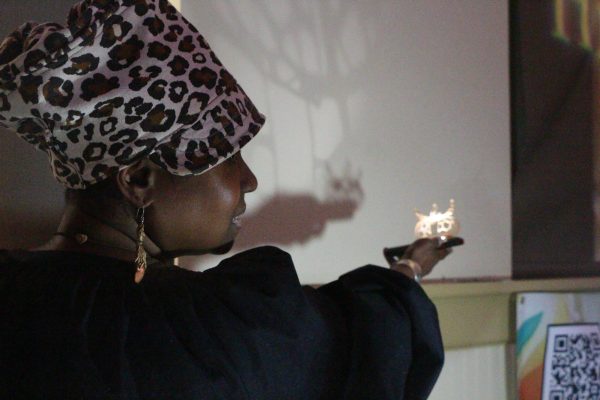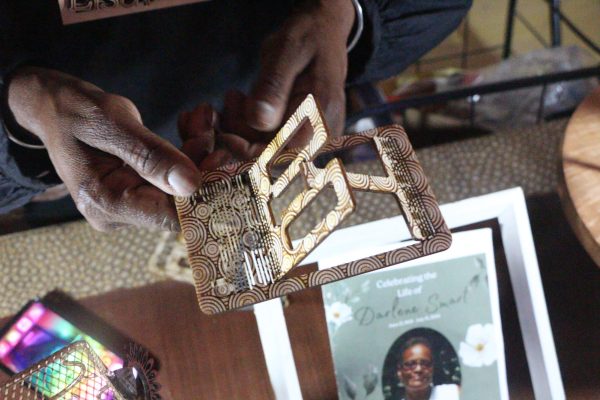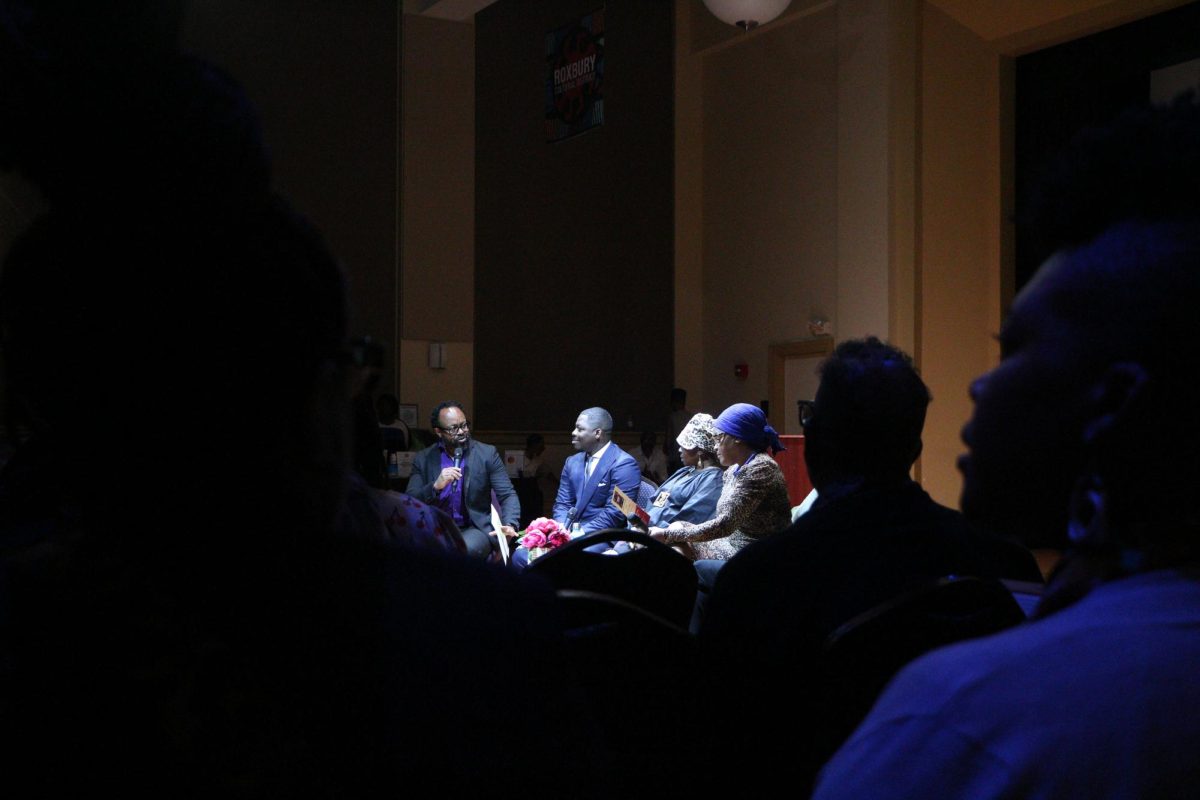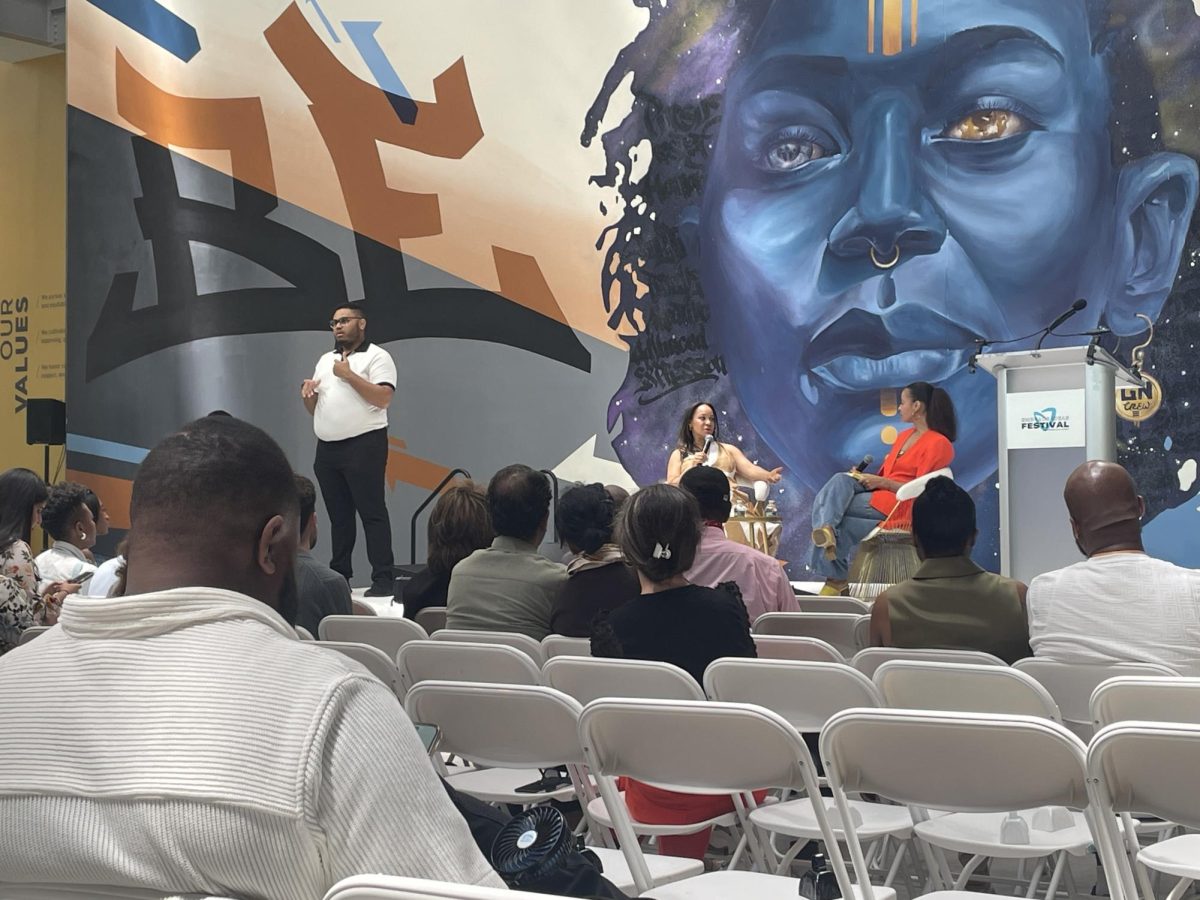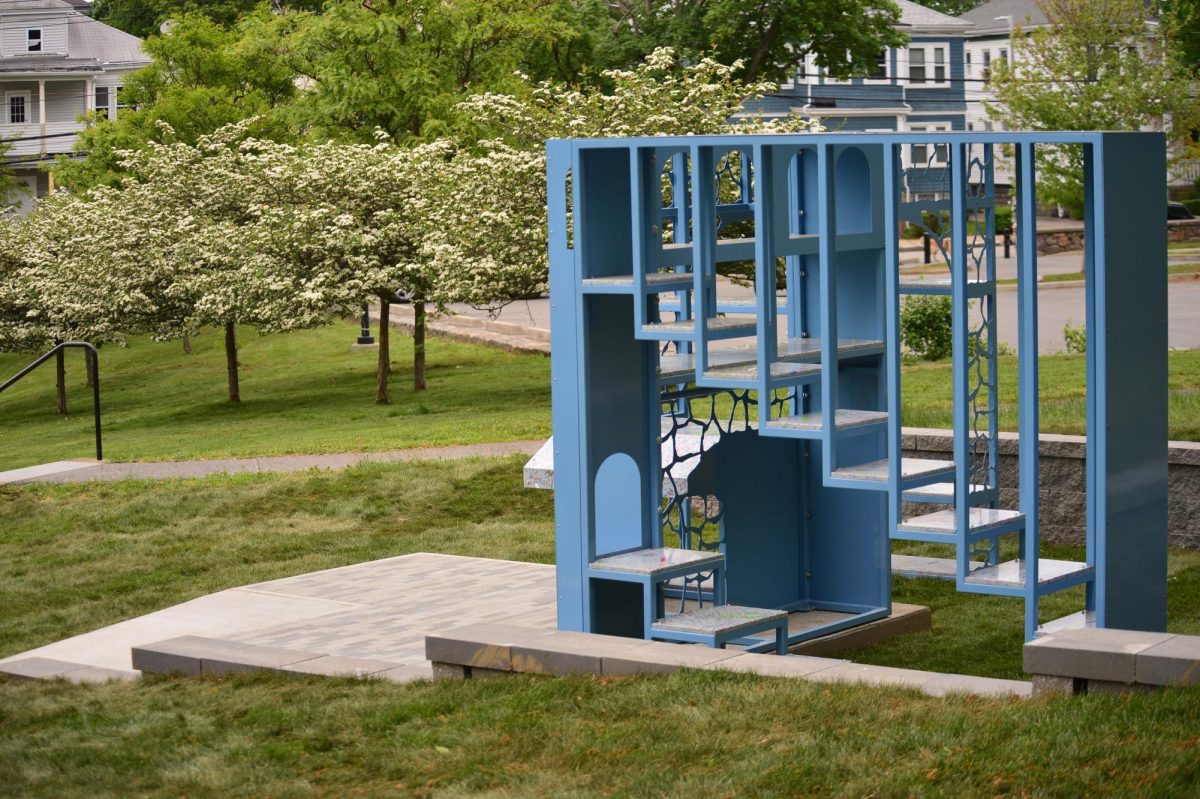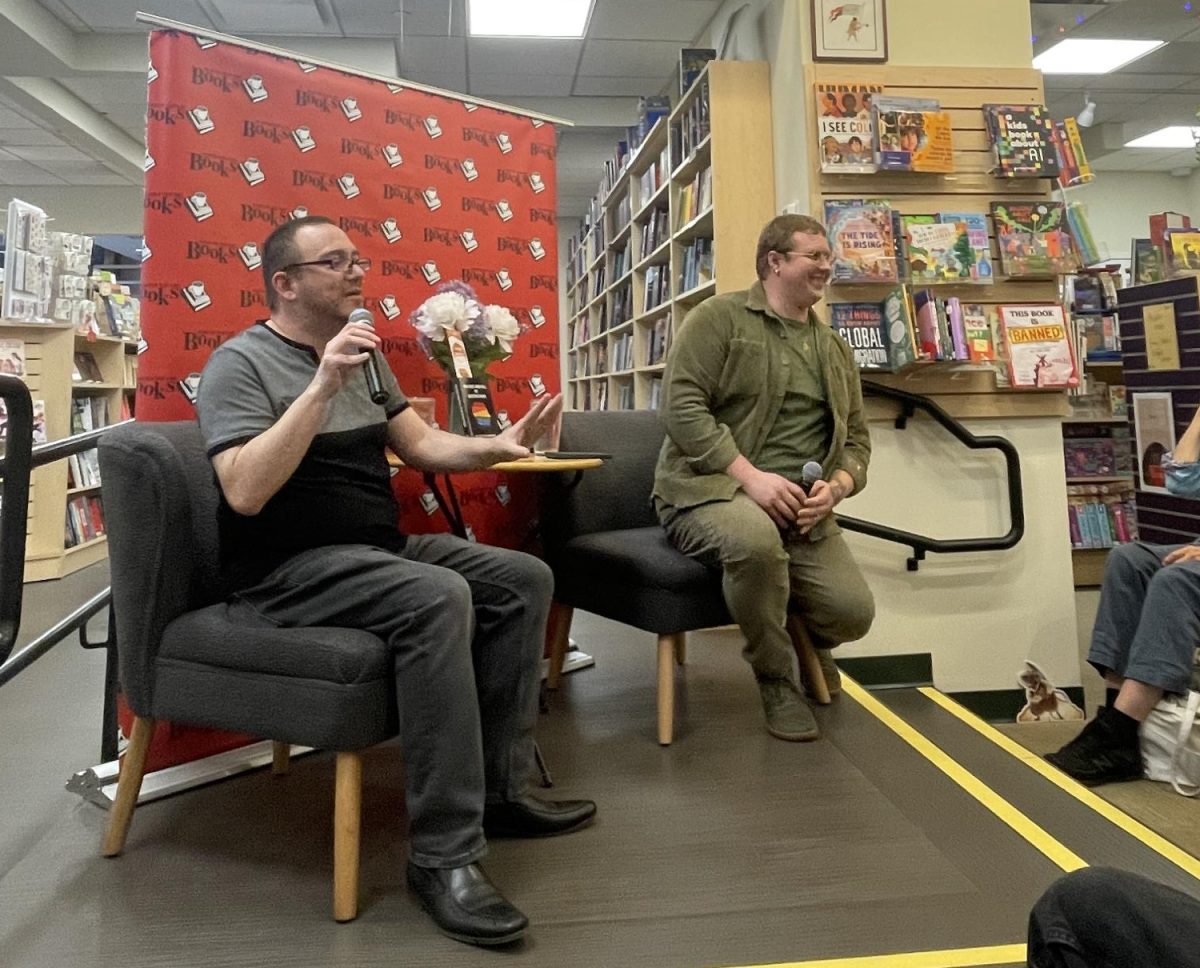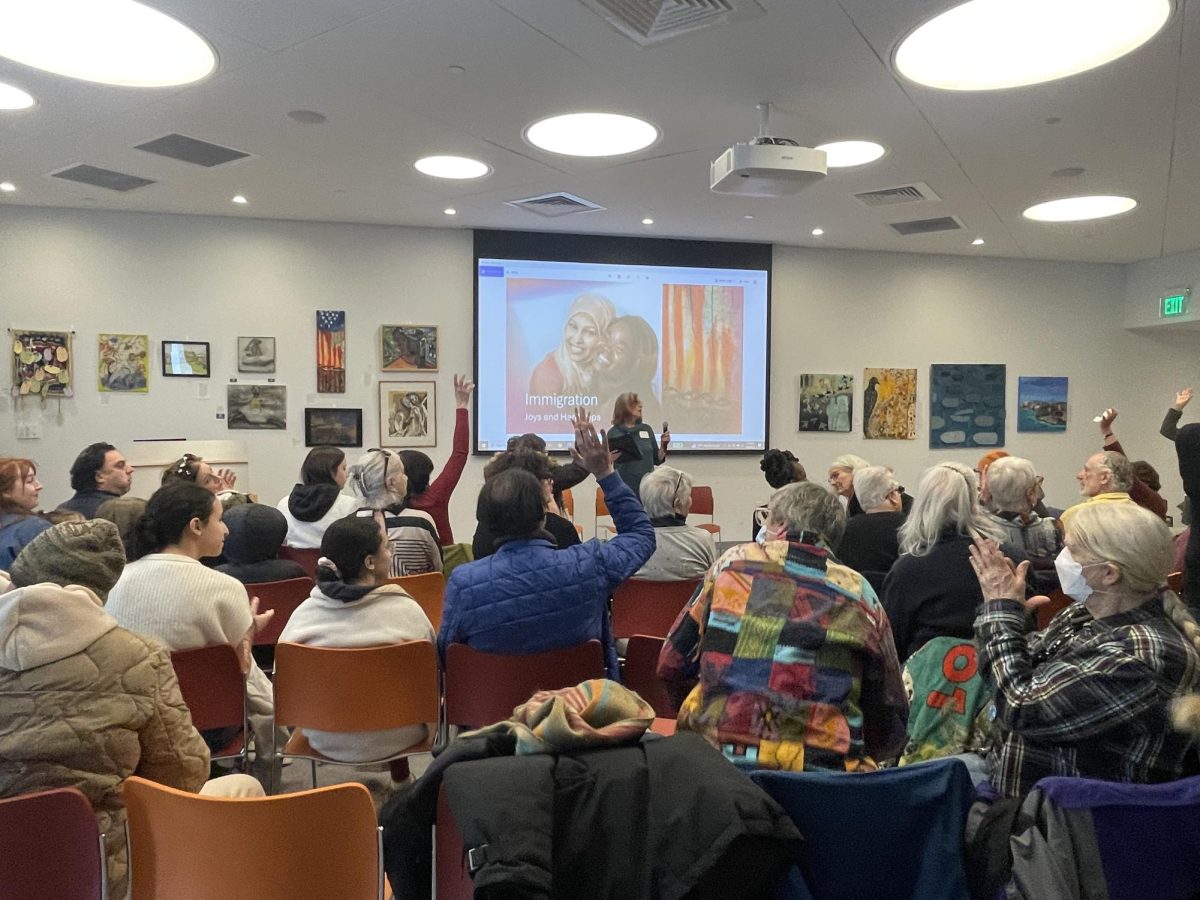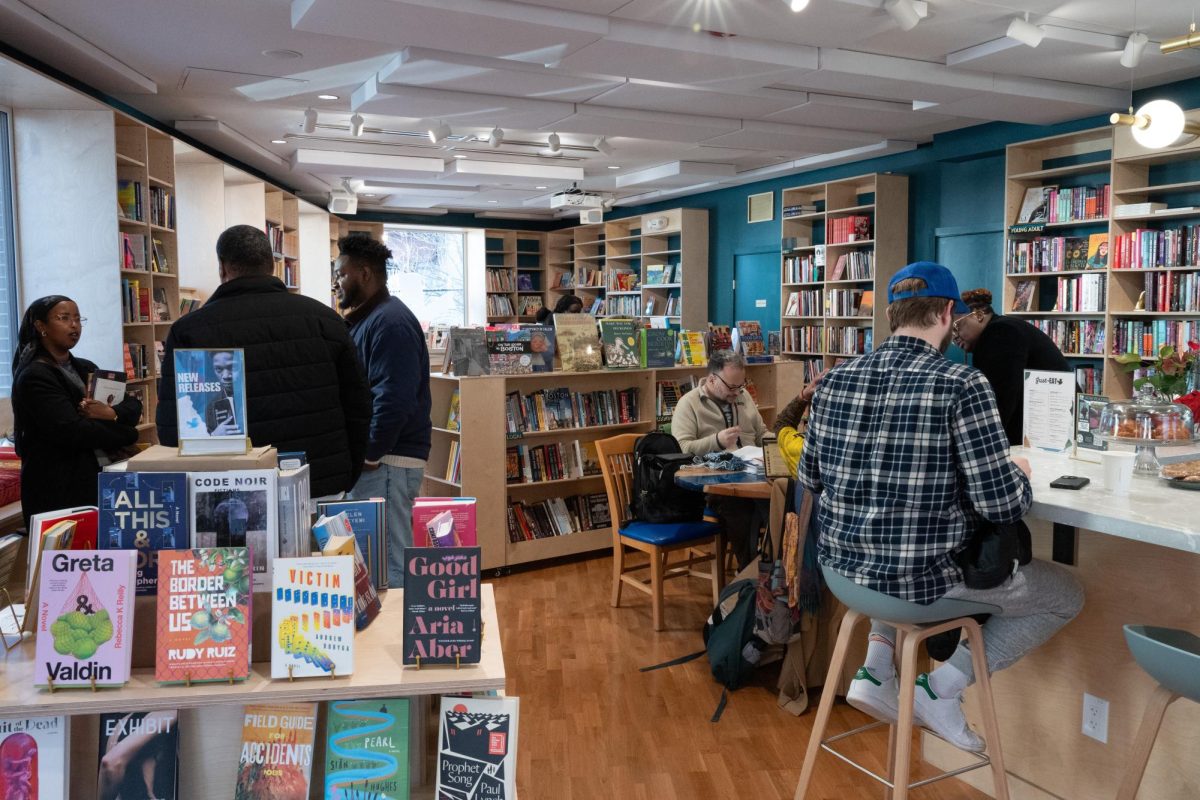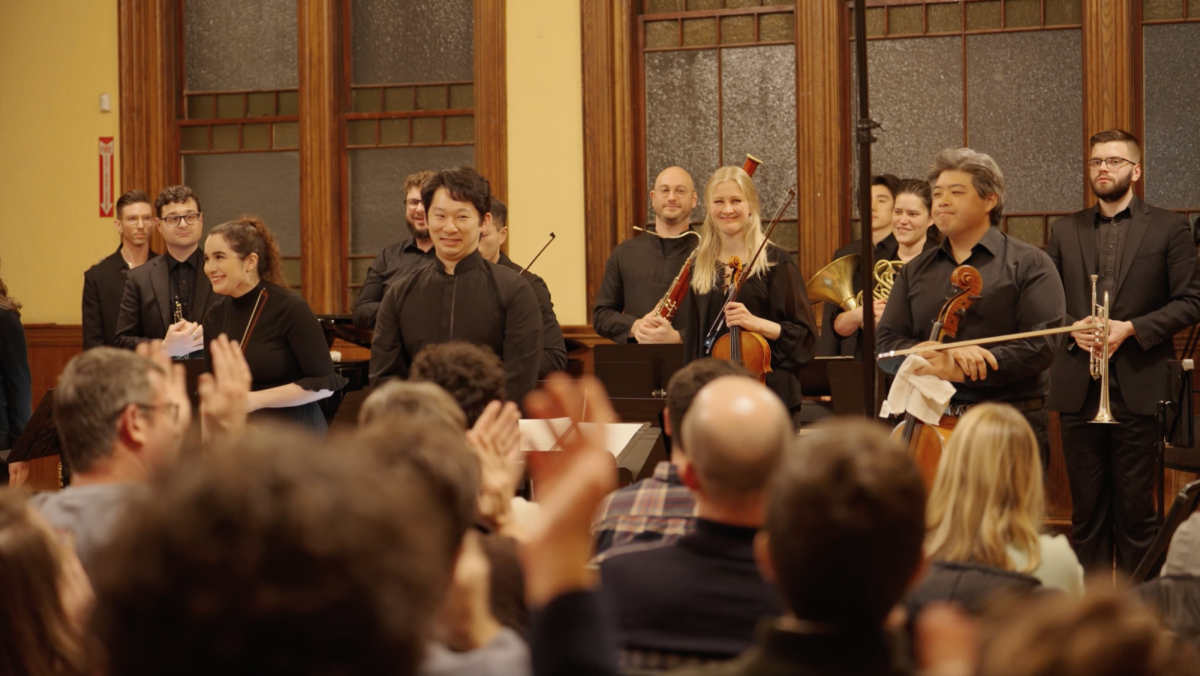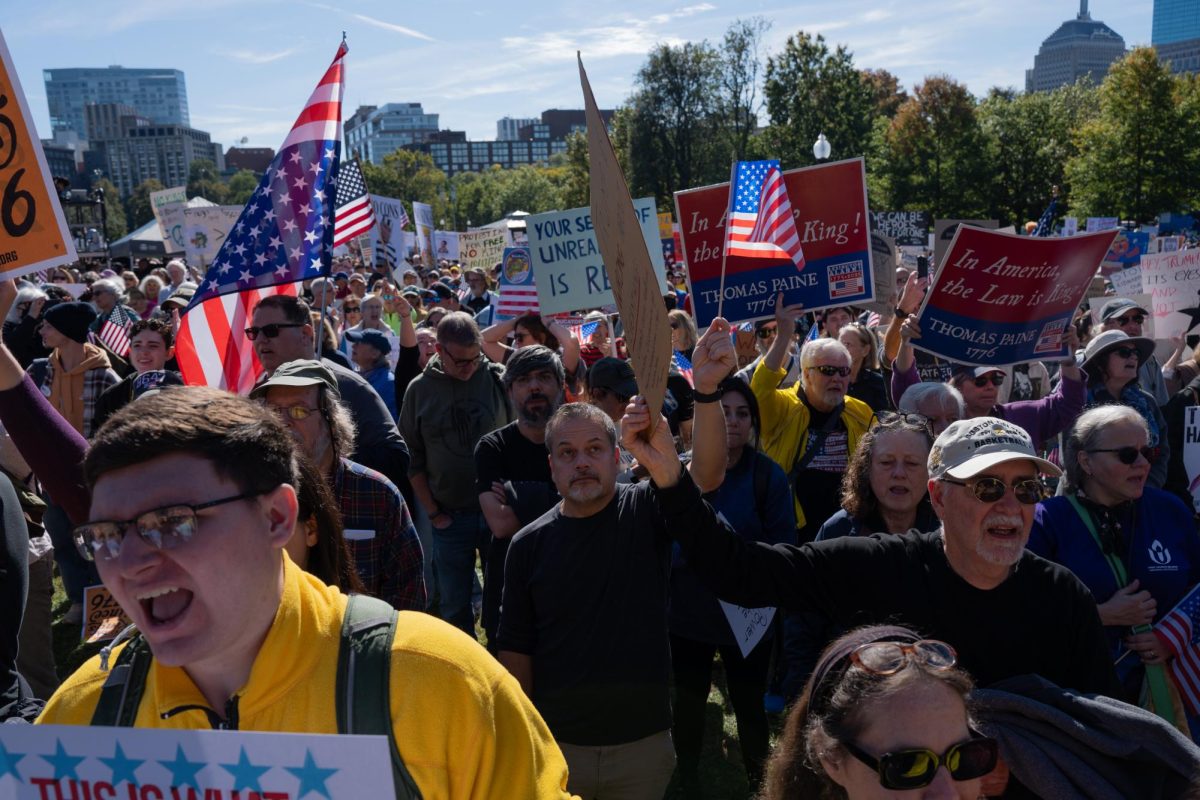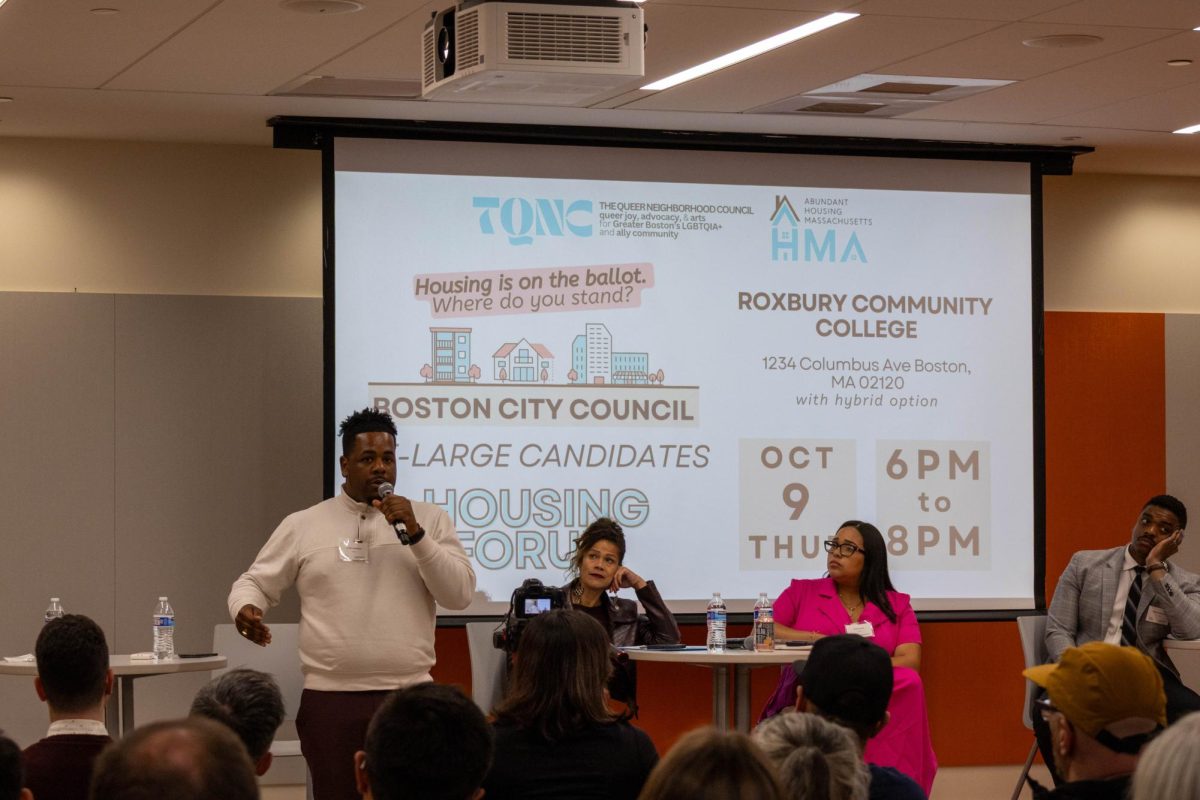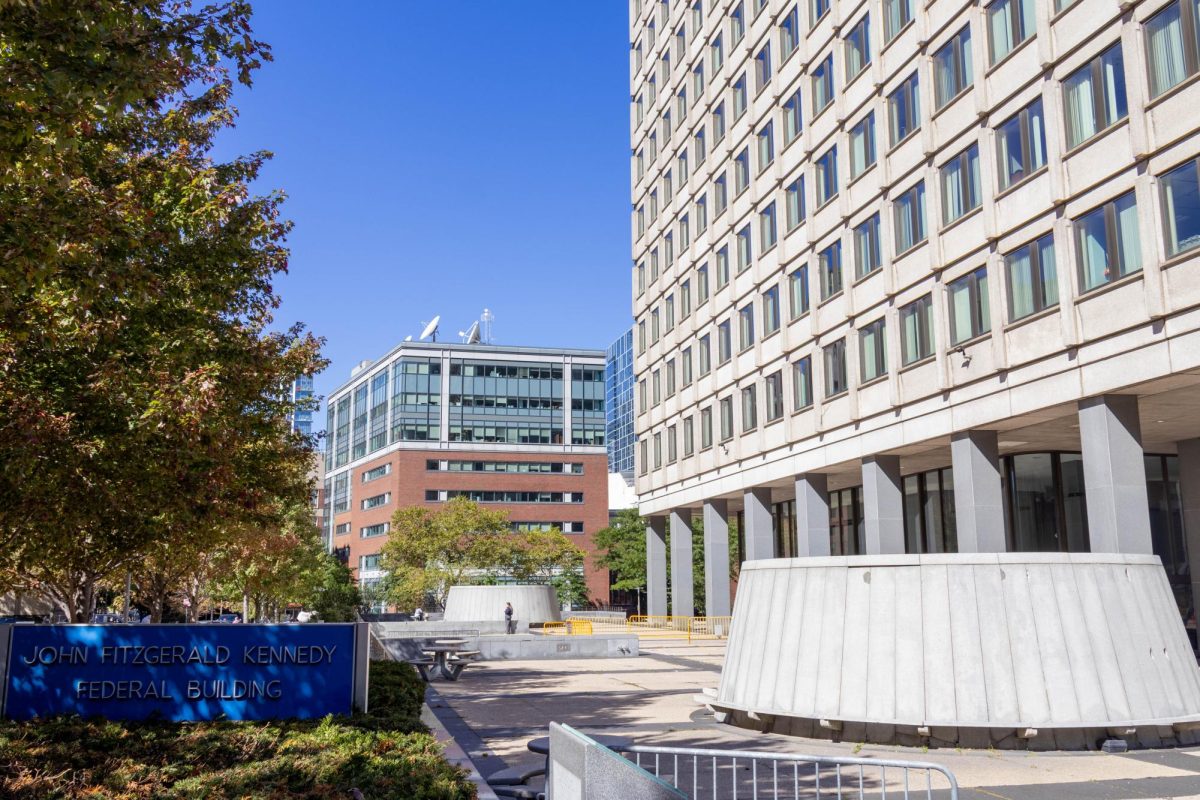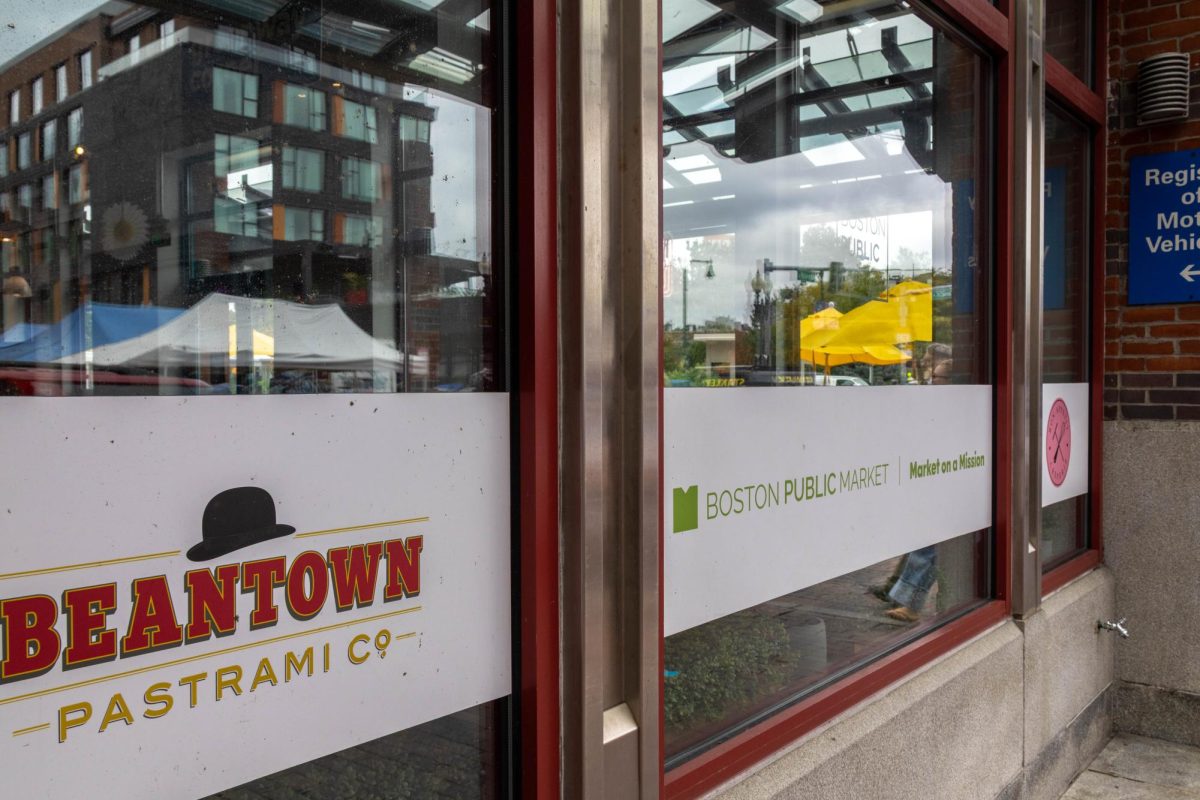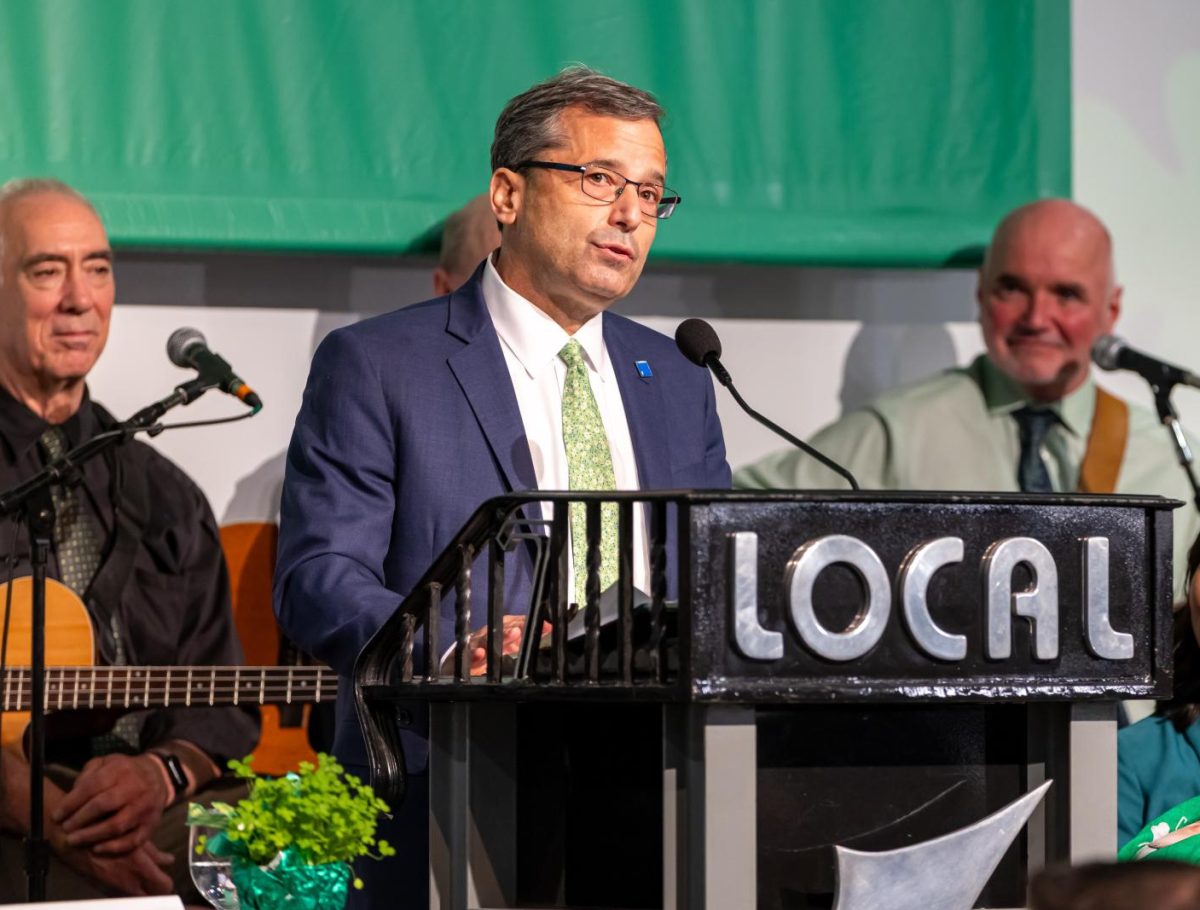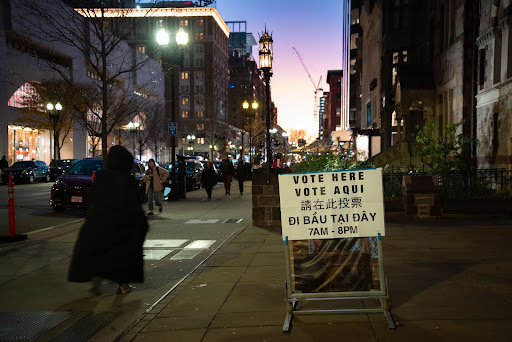At an arts and culture convening hosted by the Roxbury Cultural District on Thursday, Michael Bobbitt, executive director of the Massachusetts Cultural Council, declared a historical moment for arts in Roxbury.
“This is the dawn of a cultural renaissance here,” said Bobbitt. “The arts matter. You connect, you drive economies, you shift perspectives. You create a sense of place and you turn your ideas into realities.”
About 50 people gathered at Hibernian Hall as a panel of five acknowledged artists’ contributions to Roxbury’s history and spelled out a vision for the neighborhood’s future: access to affordable housing for creatives and the propagation of public art. Speakers also stated a need to check gentrification while cultivating inclusion and visibility for transplant artists.
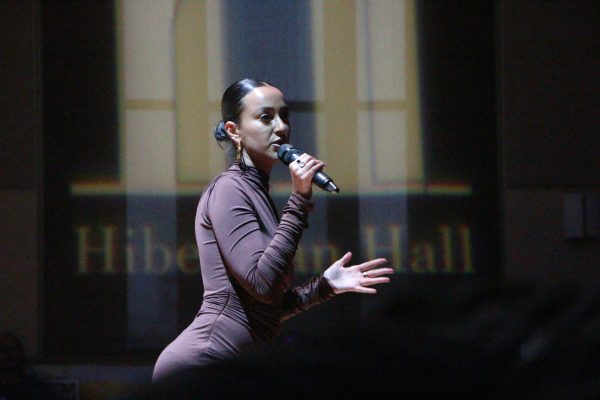
The panelists agreed that art and culture belong at every intersection of life. Bobbitt stressed that arts has the power to revitalize other sectors of the economy, even rehabilitate entire cities. The New Orleans Jazz Festival, he reminded the audience, “brought New Orleans back” after the devastation of Hurricane Katrina.
A vacant lot at the center of Nubian Square, the Blair Lot, is poised to become a focal point of Roxbury’s own transformation in the coming years. Led by Black Market founder and panelist Kai Grant and real-estate developer Richard Taylor, the behemoth Nubian Ascends development will be home to a culinary arts incubator, an artist makerspace, a 300-seat performing arts center and 15 mixed-income housing units.
The development was approved by the board of the Boston Planning and Development Agency in September, 2023.
An art revival, Grant said, “just won’t happen without the proper housing. This economy is not a friendly one. So the housing piece and the developers, they need to have community benefits that are embedded in each development as a lifeline.”
Grant was joined on the panel by two religious leaders, including Rev. Willie Broderick III, a pastor at the 12th Baptist Church in Roxbury. Broderick, who is also president and CEO of the workforce development nonprofit The American City Coalition, highlighted the work of organizations like Roxbury Main Streets, whose programming aims to keep the neighborhood’s small businesses afloat.
He urged attendees — those born and raised in Roxbury and those new to the neighborhood — to recognize their “different access points to the Roxbury story” while continuing to resist any gentrification of the historically-Black neighborhood.
“Art is the expression that frames the world around us; it is the tool we have to disrupt and recreate. For Roxbury, I believe it’s so important we use these tools through the lens of restoring that which has been lost, insulating ourselves from the erasure, elevating the stories we know we need to tell,” Broderick said.
The reverend was not alone in denouncing the potential pitfalls of Roxbury’s rapid economic development, including the displacement of Roxbury locals by wealthy newcomers.
“The thing we have to worry about is that when the stuff is cute, they come, they take over,” Bobbitt warned. “And our stuff is going to be really cute in Roxbury.”
Rev. Mary Margaret Earl, senior minister at the Unitarian Universalist Urban Ministry, also offered a reflection on the role outsiders can play when entering communities like Roxbury that have been cultural hubs for Black Bostonians.
Earle — the only white panelist at the convening — said the key is to “listen and learn and follow.”
Lisa Lee, a Roxbury-based multimedia artist who was the sole artist on the panel, stood with a half-dozen vendors along the dimmed perimeter of the hall displaying her wares: leather rings and malleable, laser-cut wooden phone stands. Guests watched as Lee put her phone on flashlight mode, placed a rawhide lantern skin over it and pointed out the geometric shadows the lantern cast on the wall.
Lee’s artist roots stem from her experiences at the Elma Lewis School of Fine Arts in Roxbury as a child. She hopes to pay forward Roxbury’s art legacy.
“Whatever opportunity I have to impart what I’ve got, is one way to keep this thing going.”
